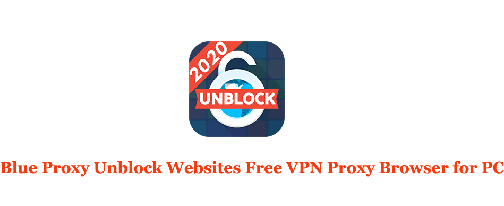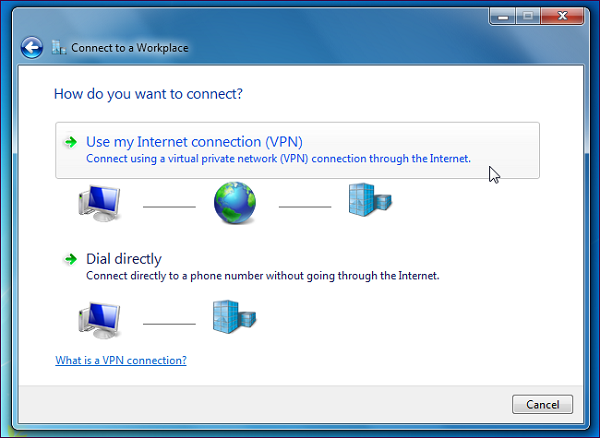
Previously, your control plane for protecting internal resources from attackers while facilitating access by remote users was all in the DMZ or perimeter network. It also describes the architecture and topologies that are possible. This article helps you understand how Application Proxy brings the capabilities and security advantages of the cloud to your on-premises web applications. Users securely connect to on-premises apps without a VPN or dual-homed servers and firewall rules. This article explains how Azure AD and Application Proxy give remote users a single sign-on (SSO) experience. Automatically add or remove user access to applications based on group membership.Centralize control of identity and security.Quickly leverage cloud features with the security of the Microsoft Cloud.Support multi-factor authentication for apps in the cloud and on-premises.Support single sign-on (SSO) across devices, resources, and apps in the cloud and on-premises.Publish on-premises web apps externally in a simplified way without a DMZ.While not comprehensive, the list below illustrates some of the things you can enable by implementing Application Proxy in a hybrid coexistence scenario: If so, you can begin your journey to the cloud by implementing Application Proxy and taking the first step towards building a strong identity foundation. Or, maybe you're still contemplating a move to the cloud.

If you already have Azure AD, you can leverage it as one control plane to allow seamless and secure access to your on-premises applications. Perhaps you're already using Azure AD to manage users in the cloud who need to access Microsoft 365 and other SaaS applications, as well as web apps hosted on-premises. You now need to manage the complexity of protecting your users' identities and data stored on their devices and apps. But in today's digital workplace, that boundary has expanded with managed mobile devices and resources and services in the cloud. Many organizations believe they are in control and protected when resources exist within the boundaries of their corporate networks. Empower users to be productive anytime and anywhere.

With scenarios such as BYOD (Bring Your Own Device) and mobile devices, IT professionals are challenged to meet two goals: The ability to securely access internal apps from outside your network becomes even more critical in the modern workplace.

Remote users who need access to internal apps can then access them in a secure manner. In particular, the Azure AD Application Proxy feature can be implemented by IT professionals who want to publish on-premises web applications externally. Azure Active Directory (Azure AD) offers many capabilities for protecting users, apps, and data in the cloud and on-premises.


 0 kommentar(er)
0 kommentar(er)
